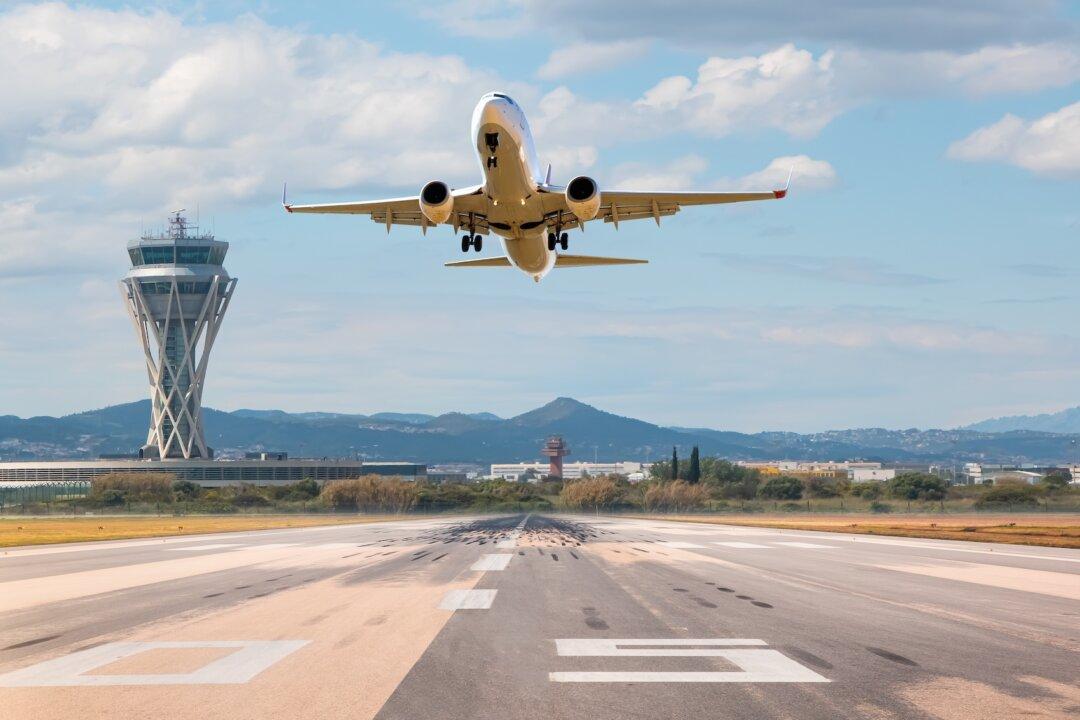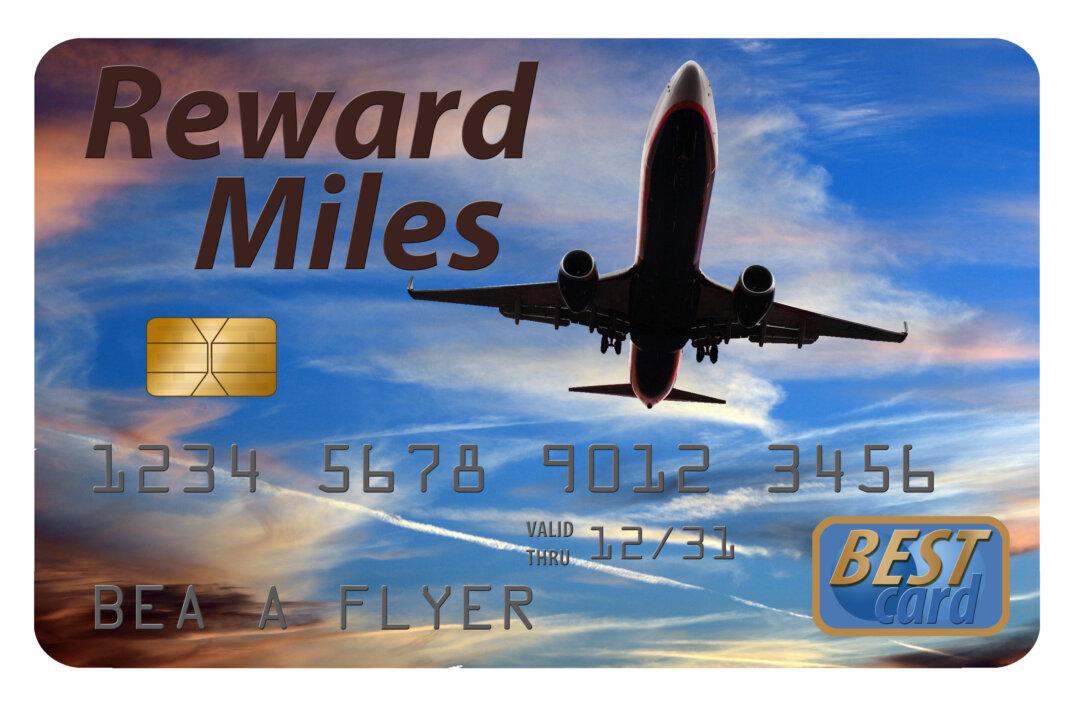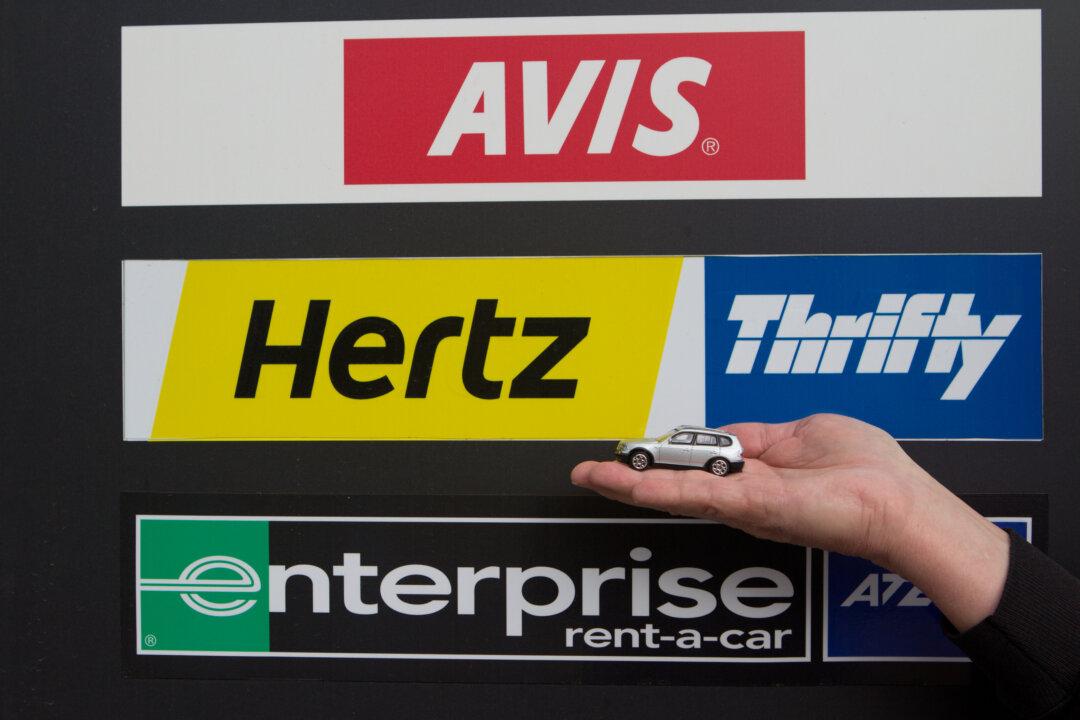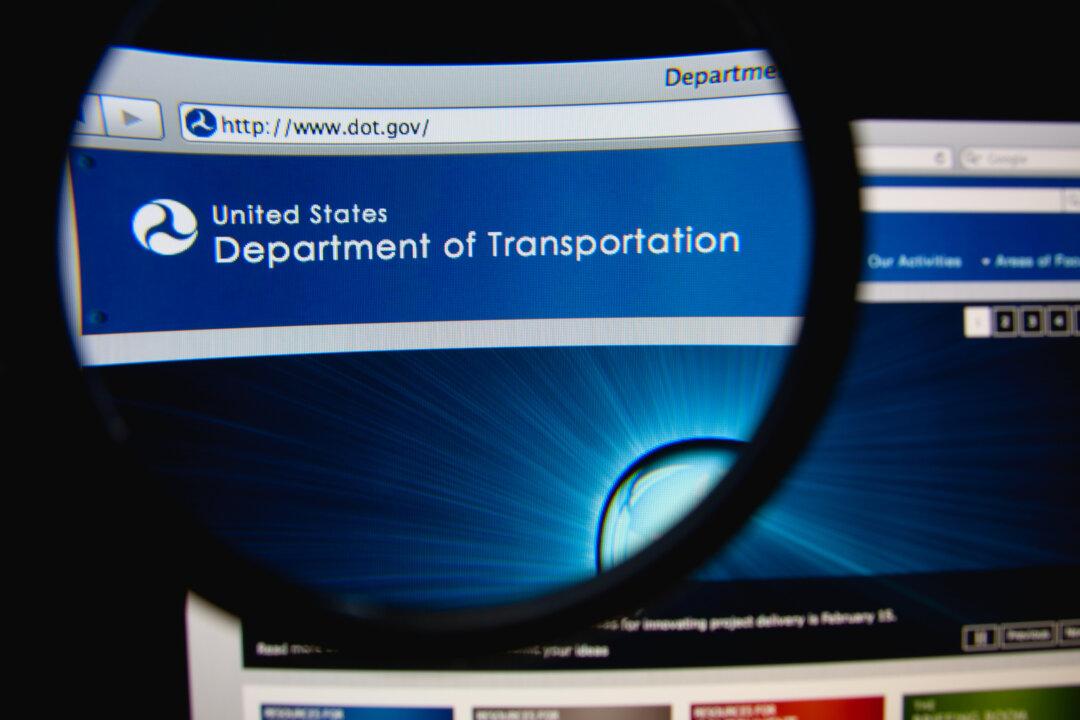As far as I know, folks who read this column really aren’t the sort who front $150,000 and up for future private jet flying, but a new program from Alaska Airlines moves the subscription business model strictly into the mass-market range. And although the current deal applies only in the California area, “me, too” is the airlines’ most ubiquitous business strategy, so you can look for lines in other parts of the country to follow Alaska’s lead.
Alaska Flight rules seem a bit complicated but make sense:
–You sign up for a full year, with monthly payments and no ability to cancel.
–You can sign up for six, 12, or 24 round-trip flights a year, with two levels of flexibility. The monthly cost depends on how many flights you want per year.
–All trips must be round-trip.
–The Pass covers flights on dozens of short-haul routes linking 14 California airports plus Las Vegas, Phoenix, and Reno, Nevada.
–Basic Flight pass trips require 15-day advance booking and are subject to limited availability, similar to the line’s lowest excursion fares. Current monthly prices are $49 for six round-trips, $99 for 12, and $189 for 24.
–Flight Pass Pro trips are essentially the same as full-fare economy, with booking available up to two hours before departure. The monthly cost is $199 for six round-trips, $399 for 12, and $749 for flights.
Travelers pay a set fare plus about $30 in taxes and fees for each round-trip. Alaska says that the set pass fare for most trips will be 1 cent, but a few will cost more.
Alaska Flight Pass is of interest only to people who live in California—especially the Los Angeles, San Diego, and San Francisco Bay areas—and who frequently fly to other airports in the region. But it’s likely that other airlines will pick up on the idea, so it’s useful to see how it works out—to see who wins and who loses.
For consumers, it’s easy to spot winners: travelers who would make the same round-trips six or more times a year, absent a pass, and can book at least 15 days in advance. It’s also easy to spot losers: travelers who don’t use all the pass flights credits or could find another airline with lower fares.
An airline is a winner if the pass entices a traveler to take more round trips than he/she would otherwise take—although it gets less revenue per flight, it gets more total revenue. An airline is a loser if a traveler just substitutes pass travel for identical travel he/she would otherwise book in the usual way.
Airlines turn to this kind of offering every few years, but they usually don’t last very long. Over the years, I remember a similar approach by Continental targeting senior travelers, along with others from other lines. Given the head-to-head competition among the four giants and the need for the little guys to innovate, I‘d guess you’ll see some similar approach break out in the Northeast, centered on Chicago, and in Texas.





